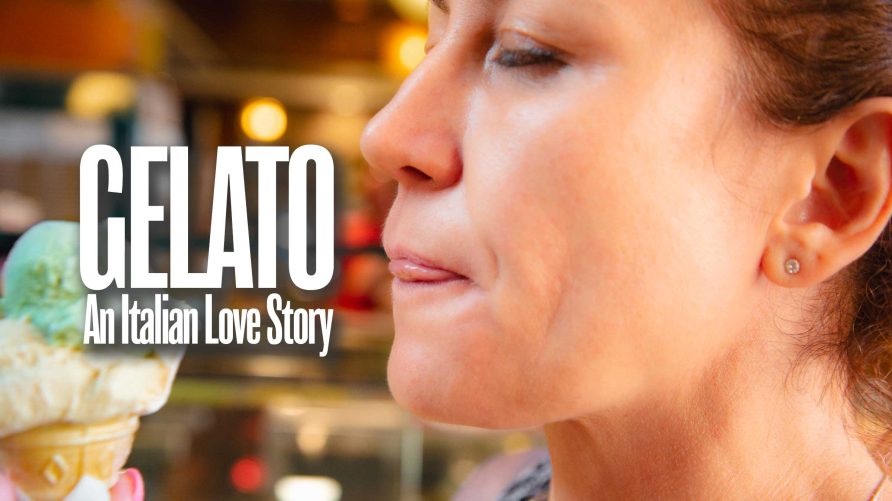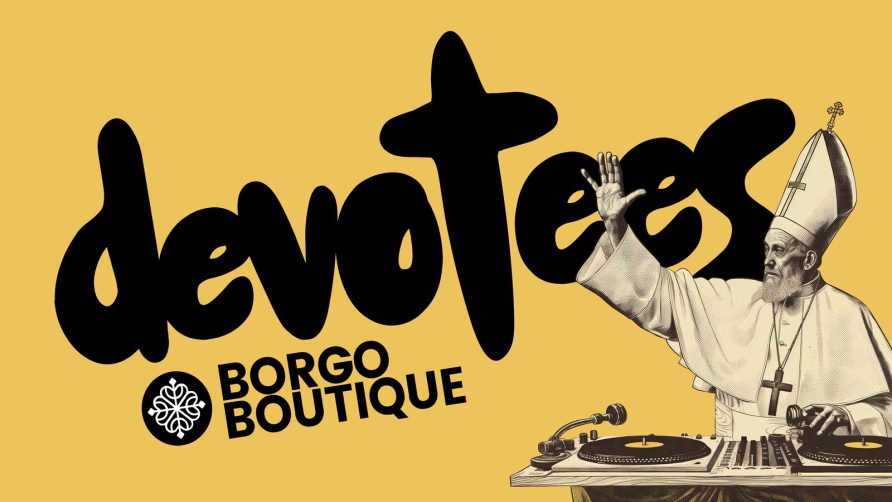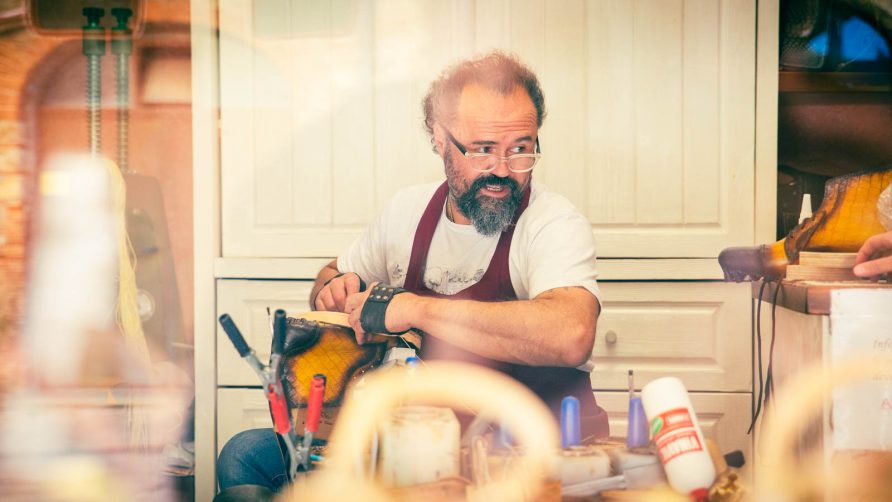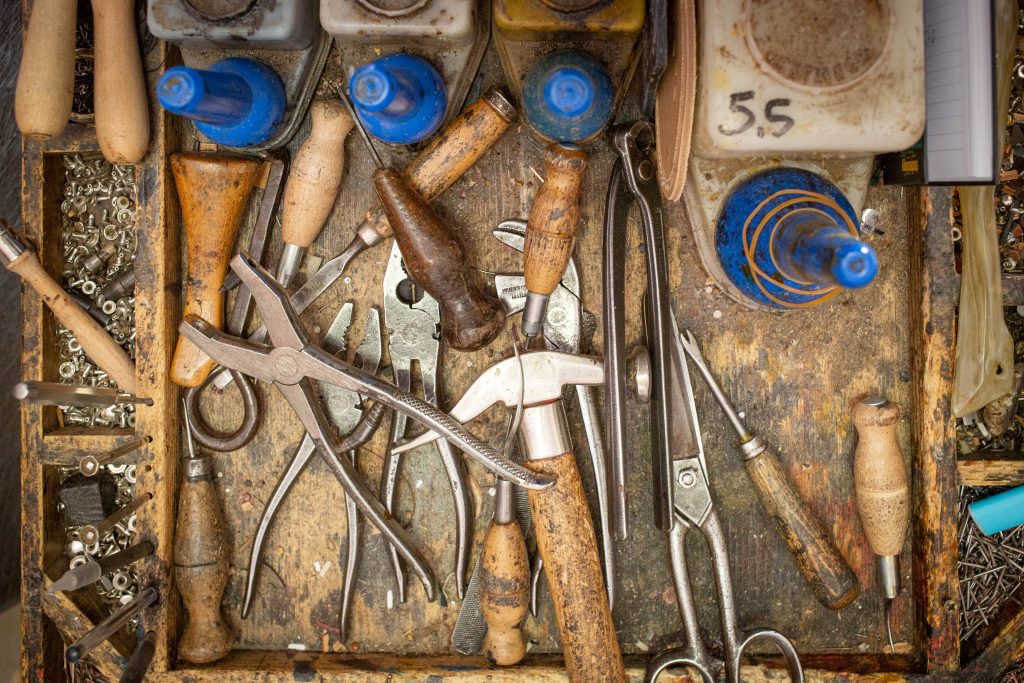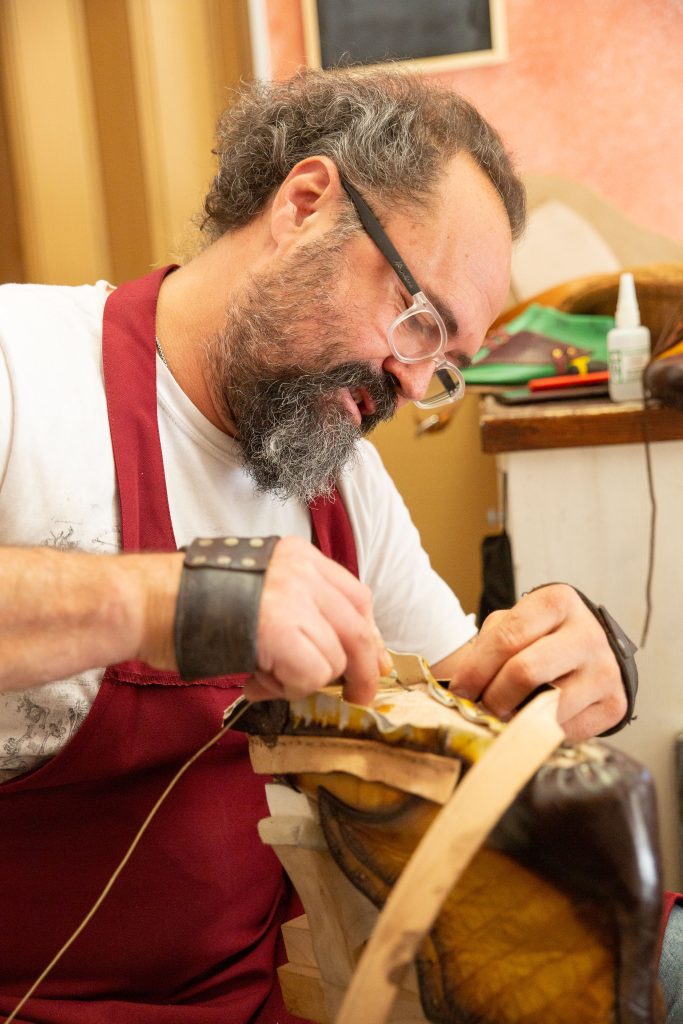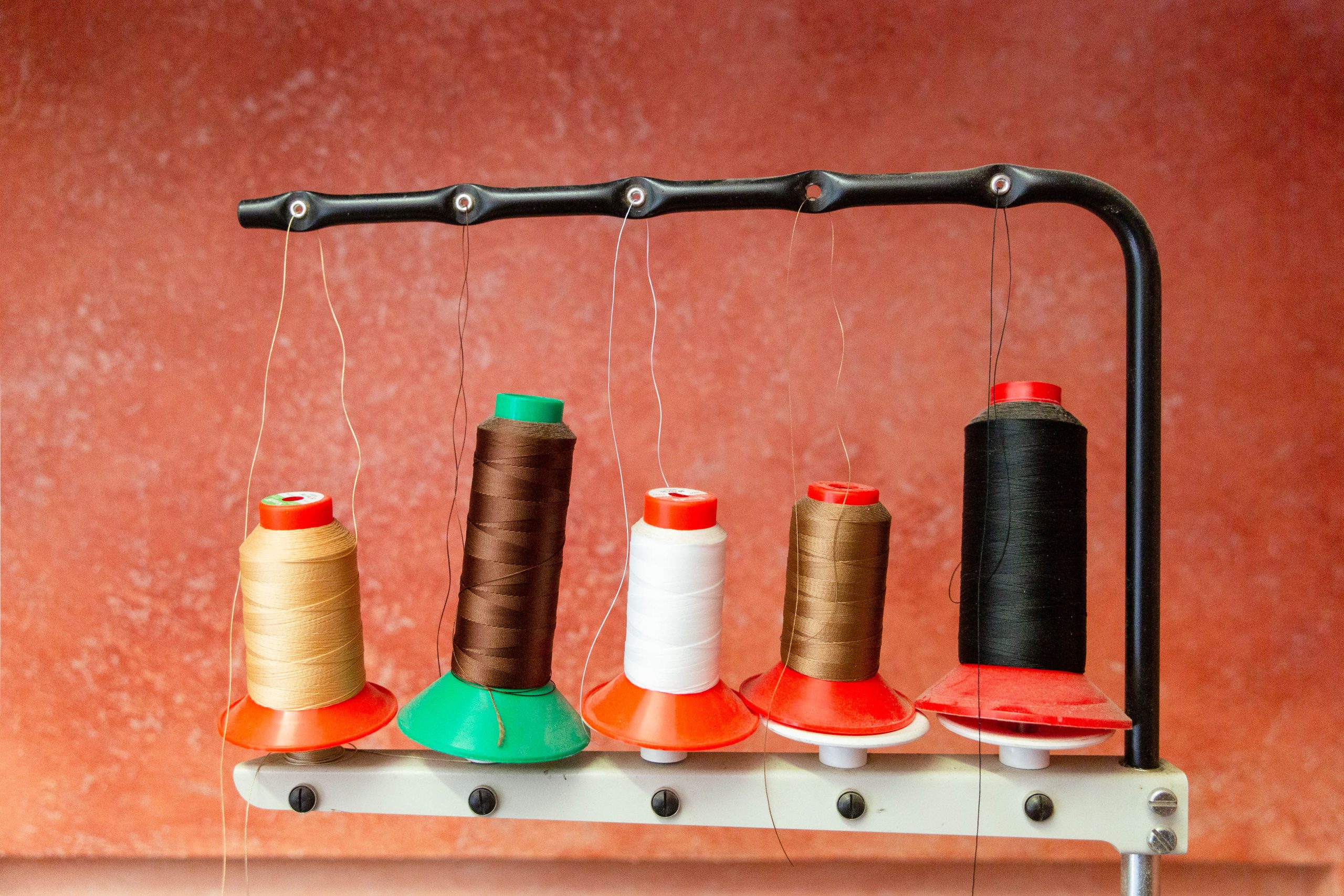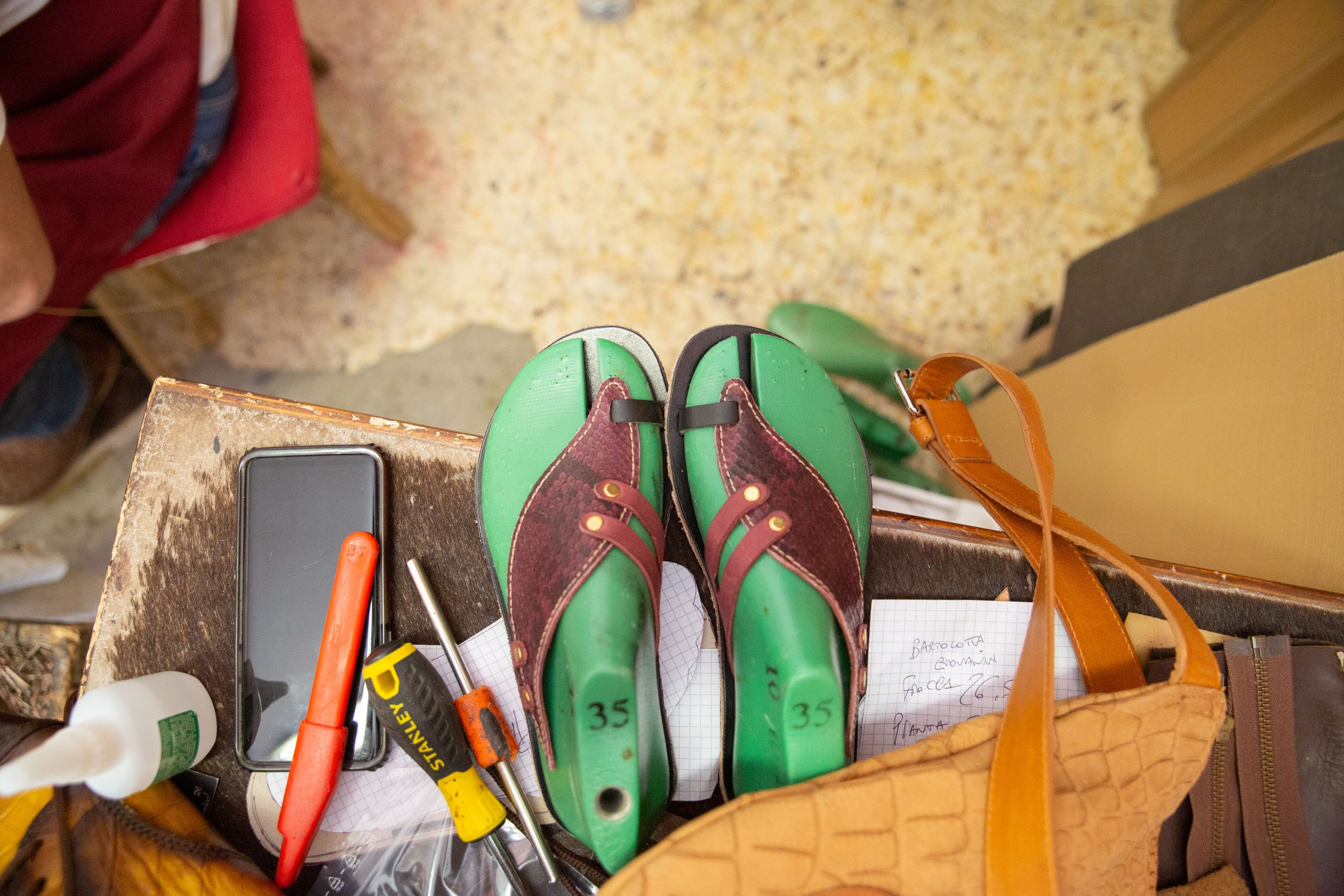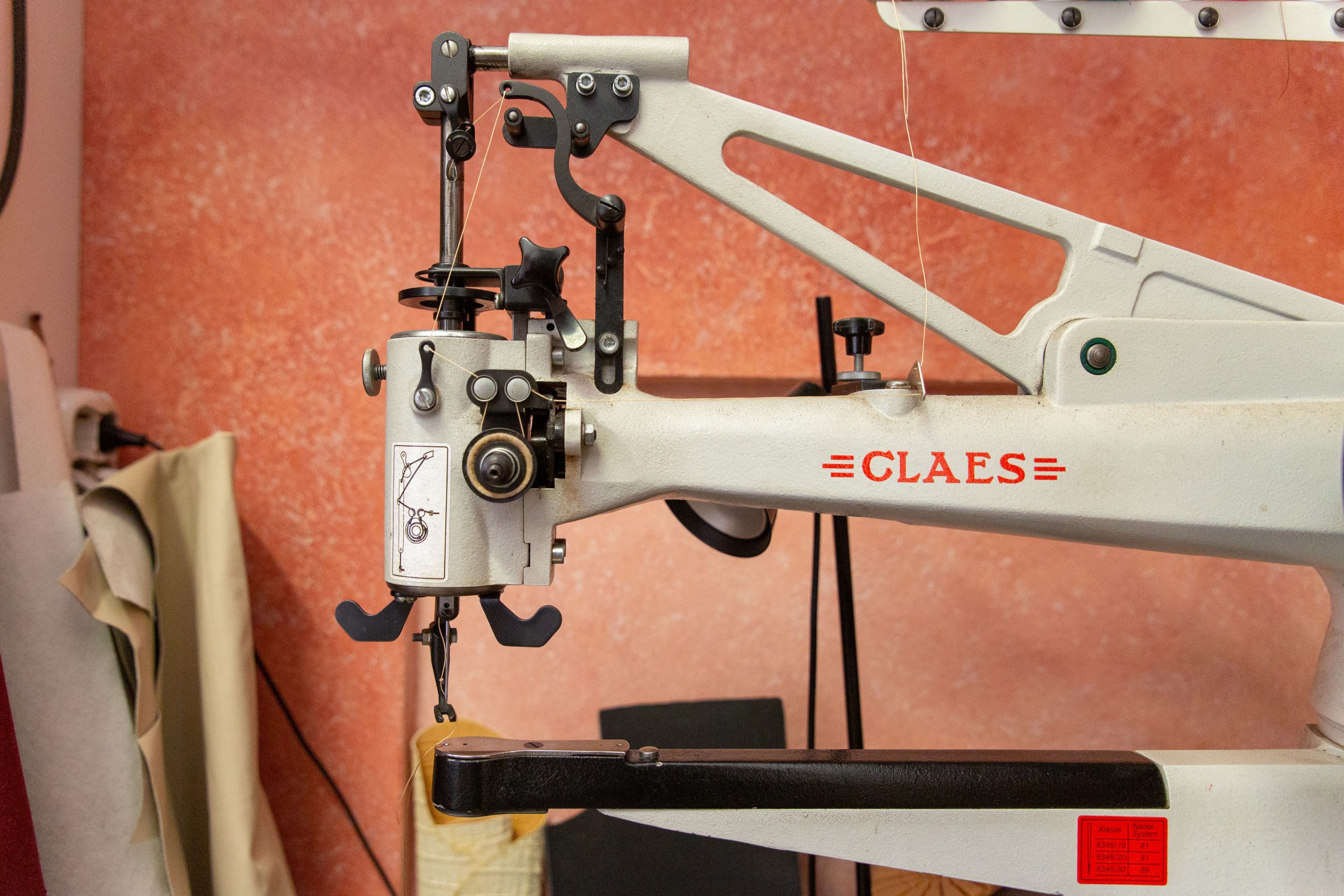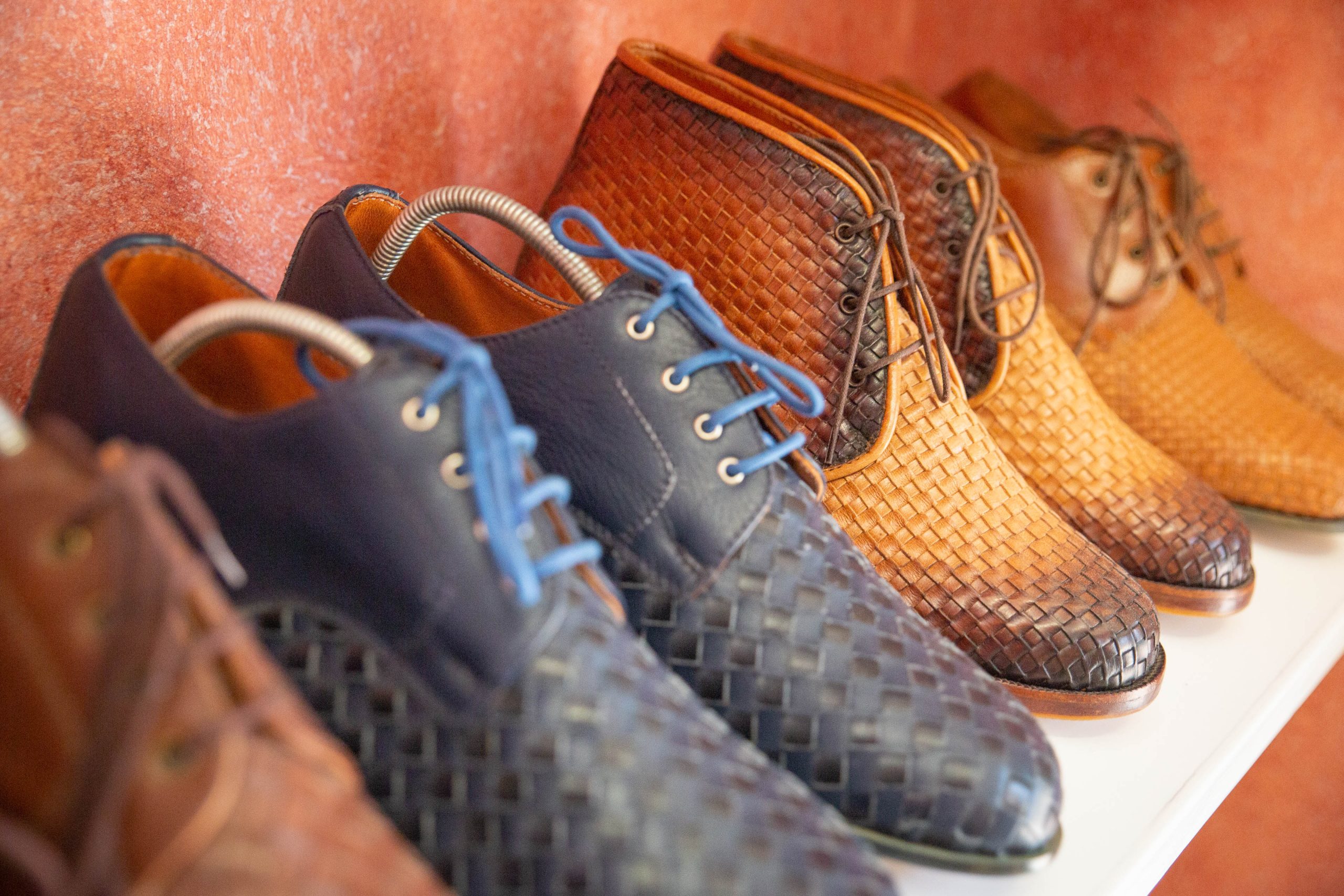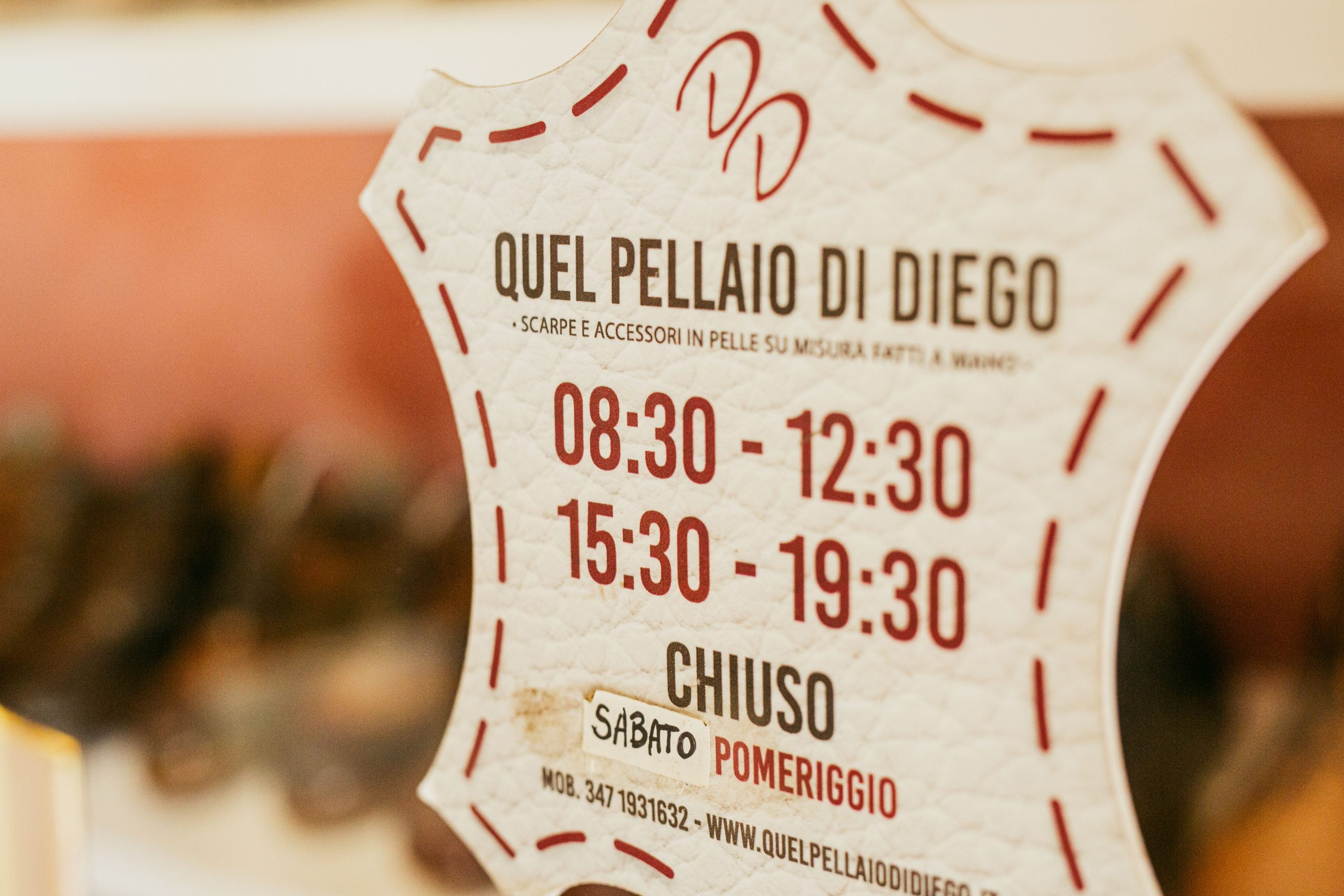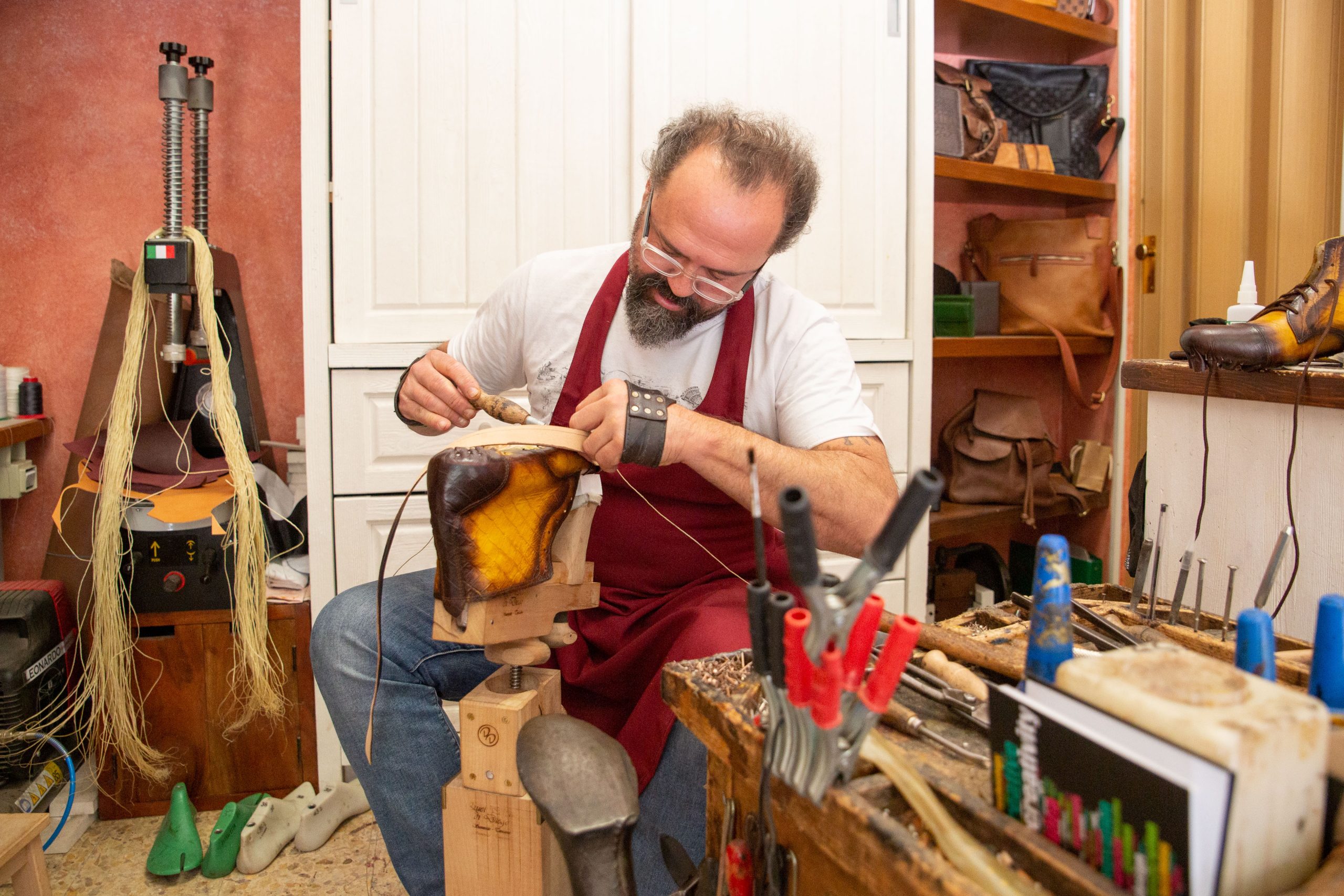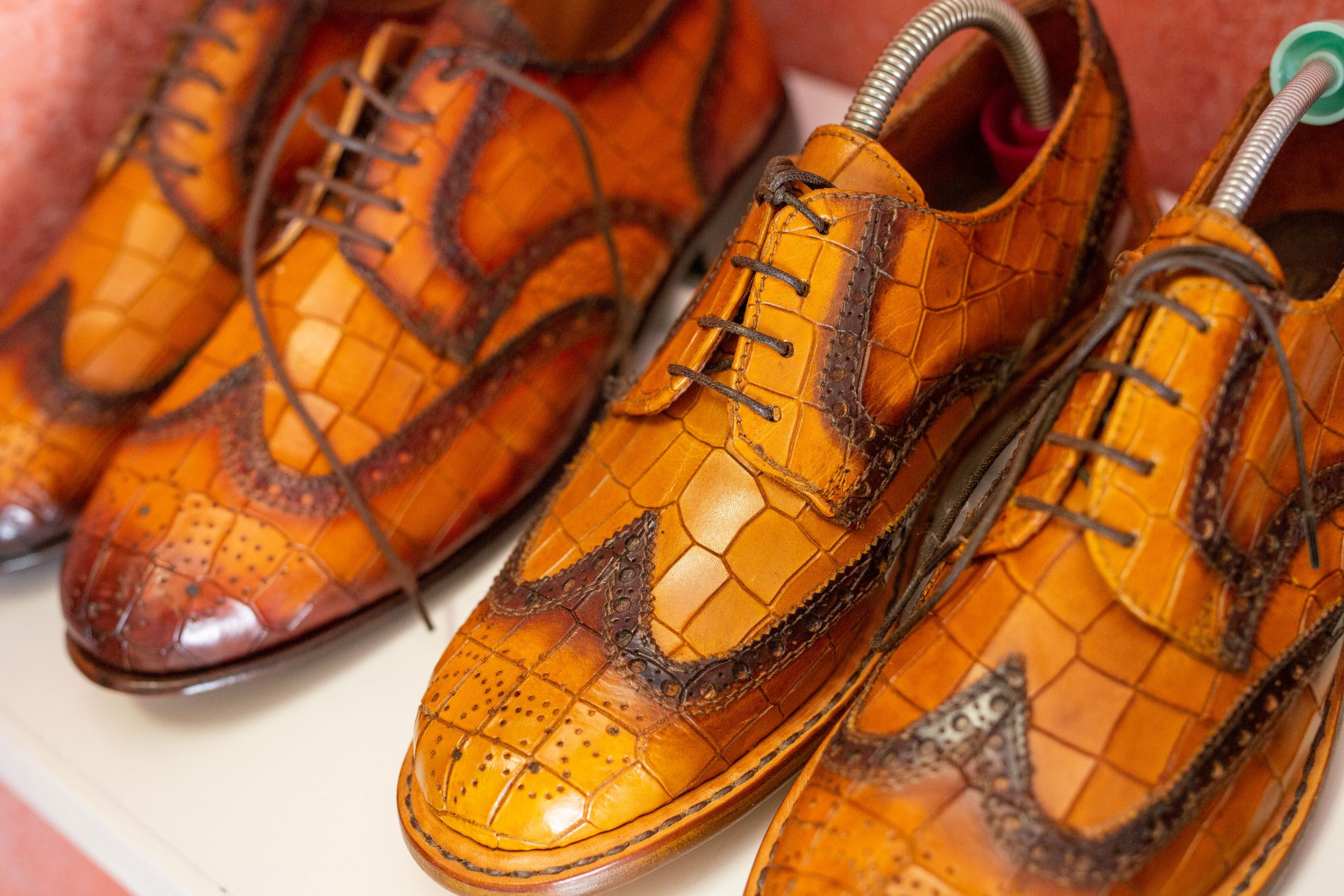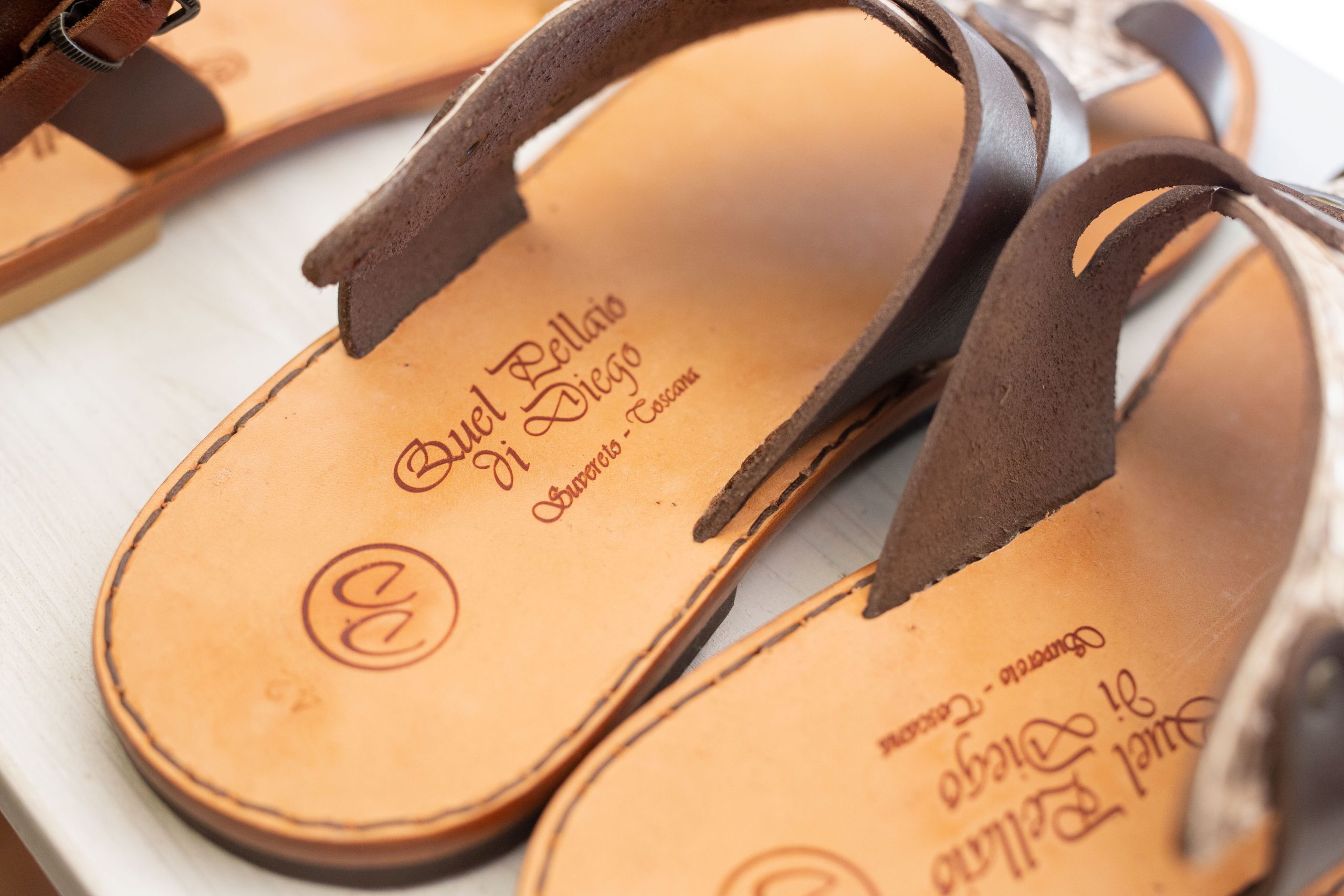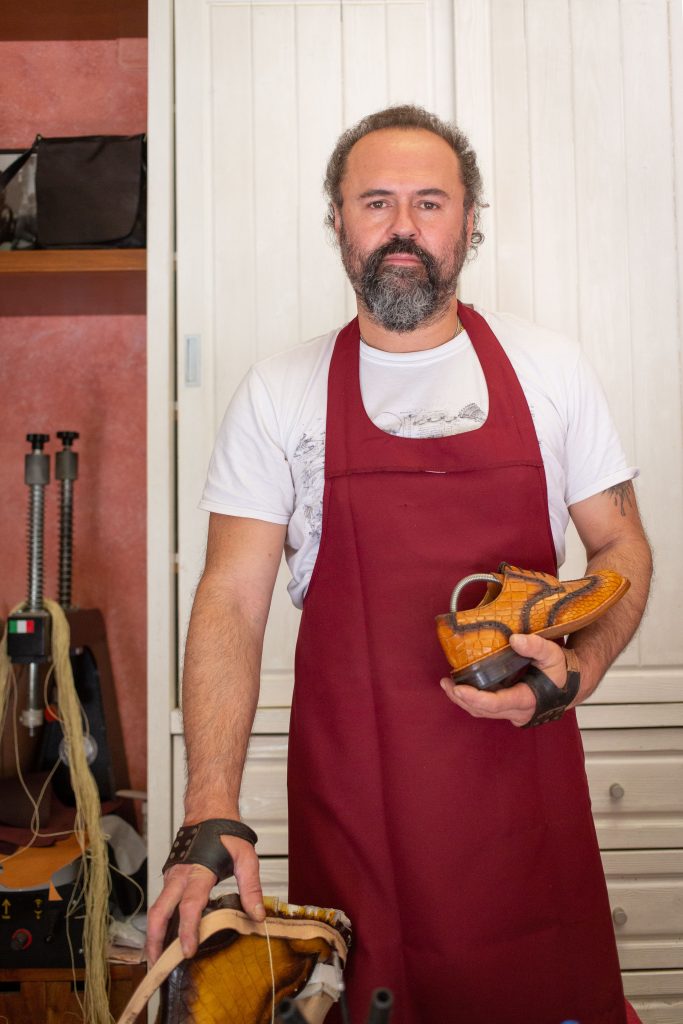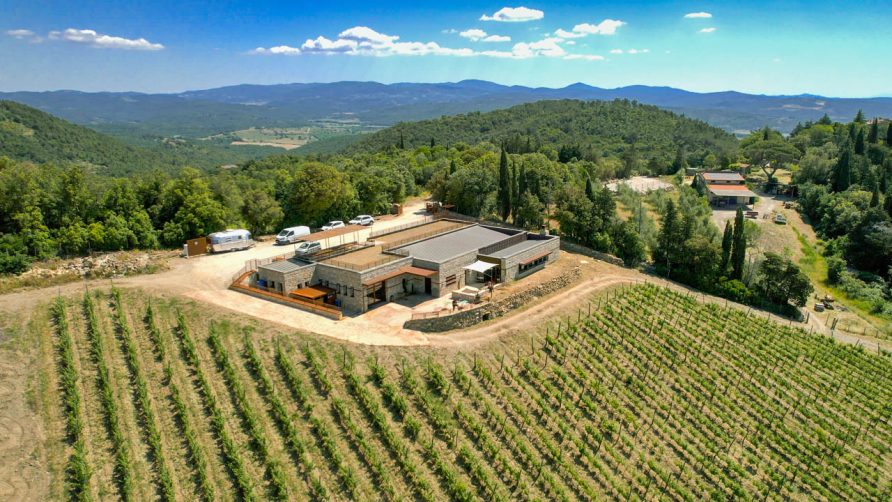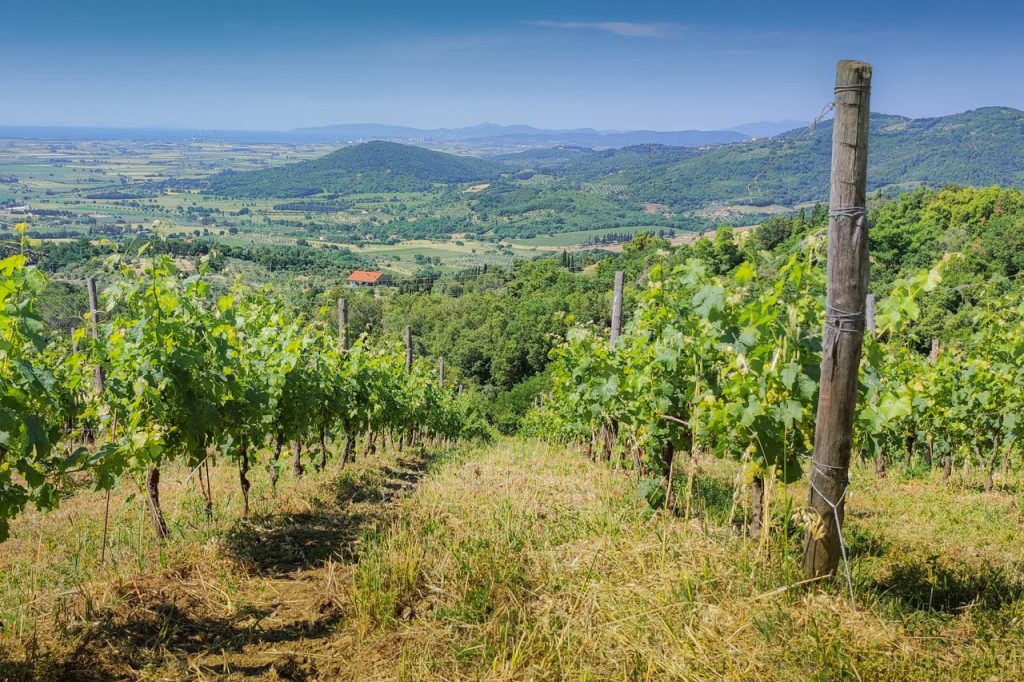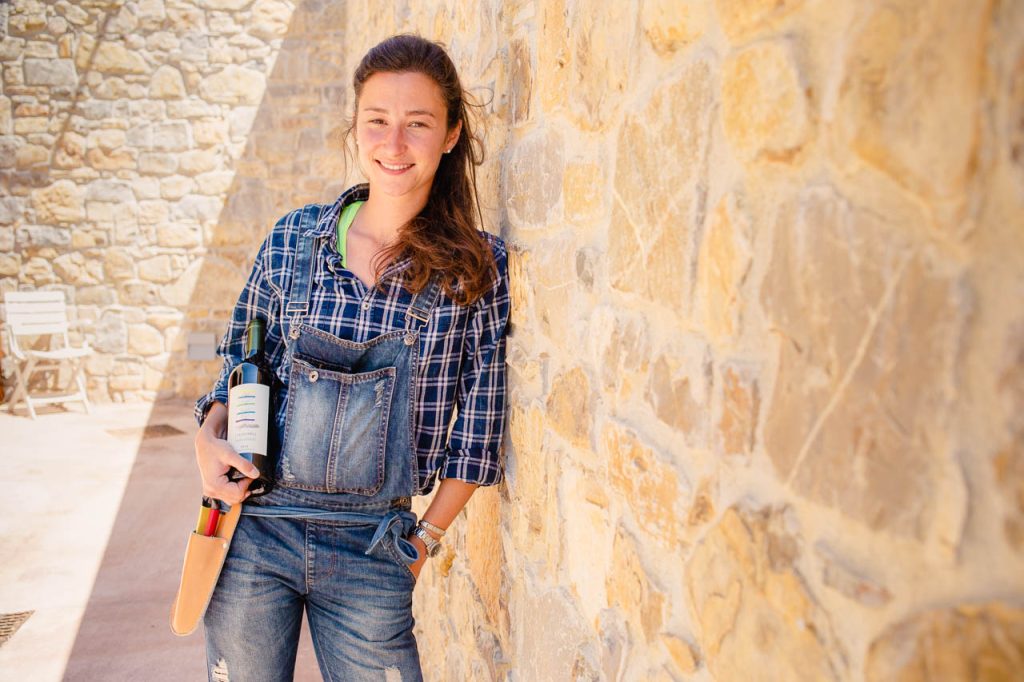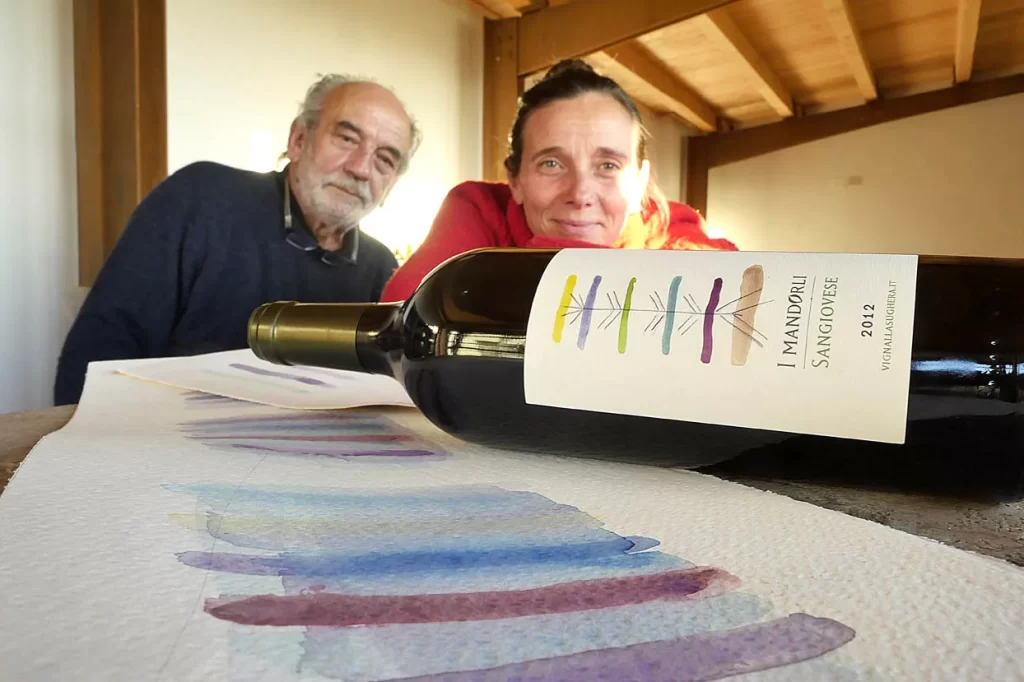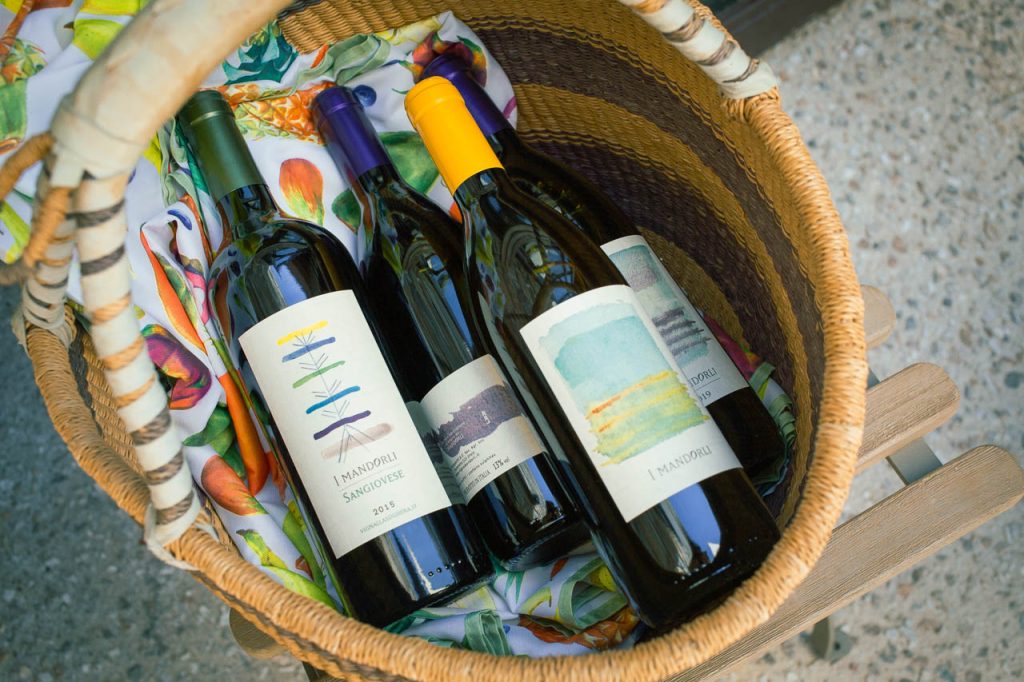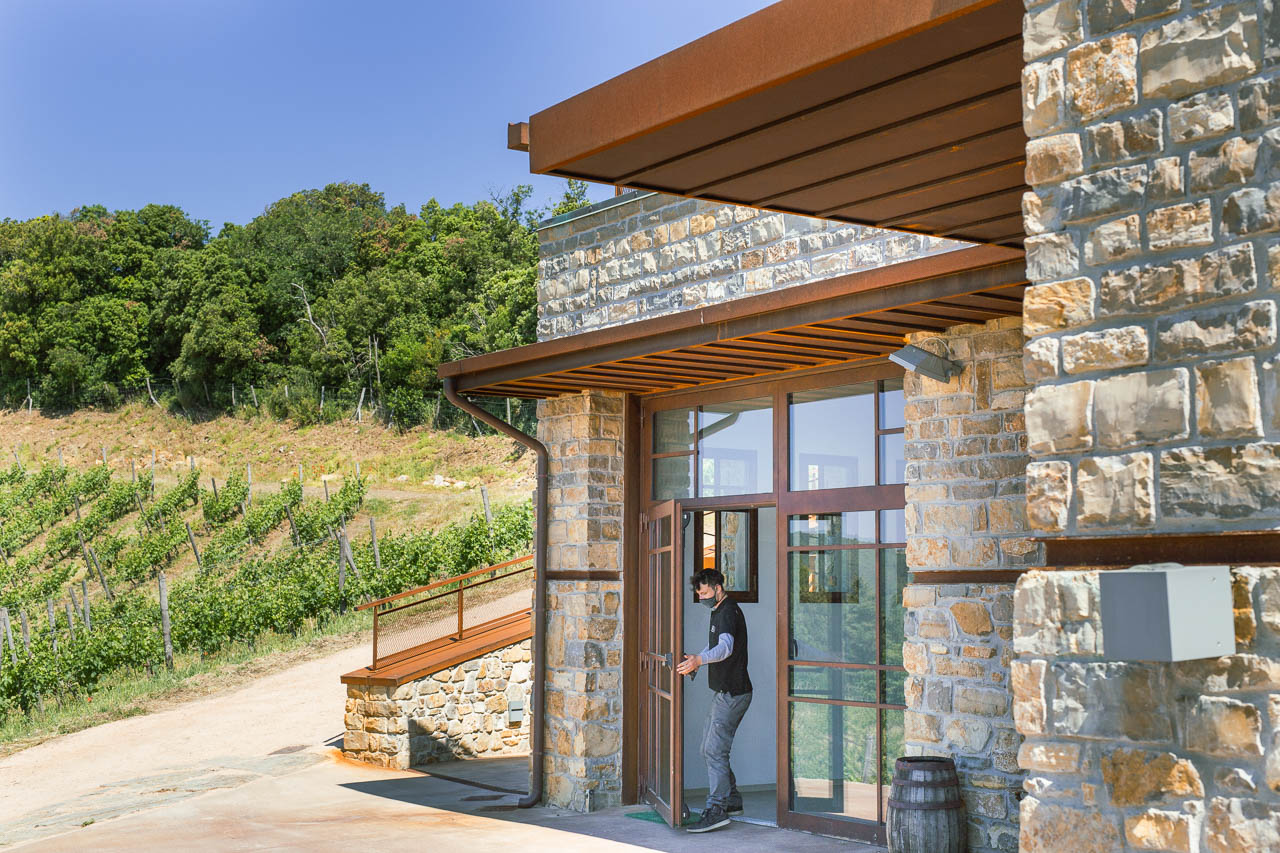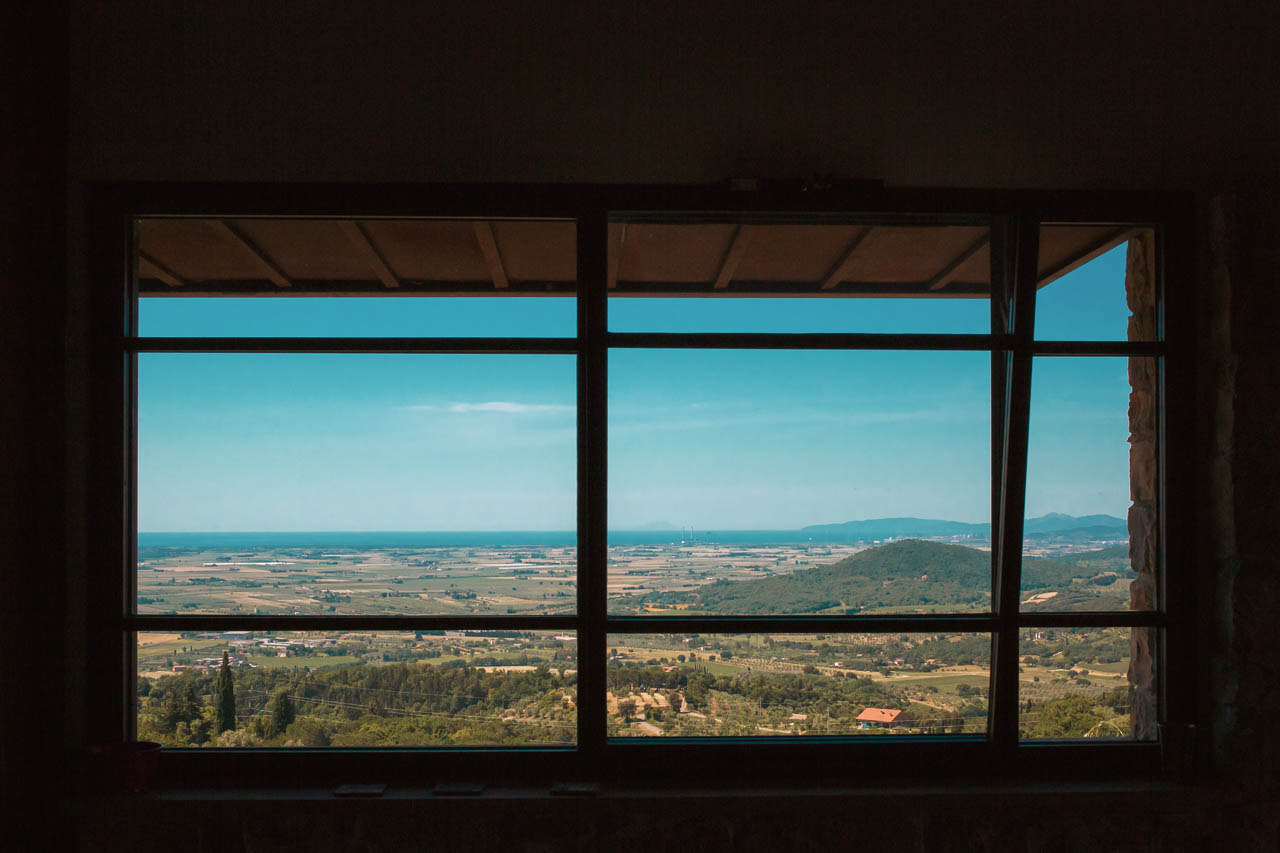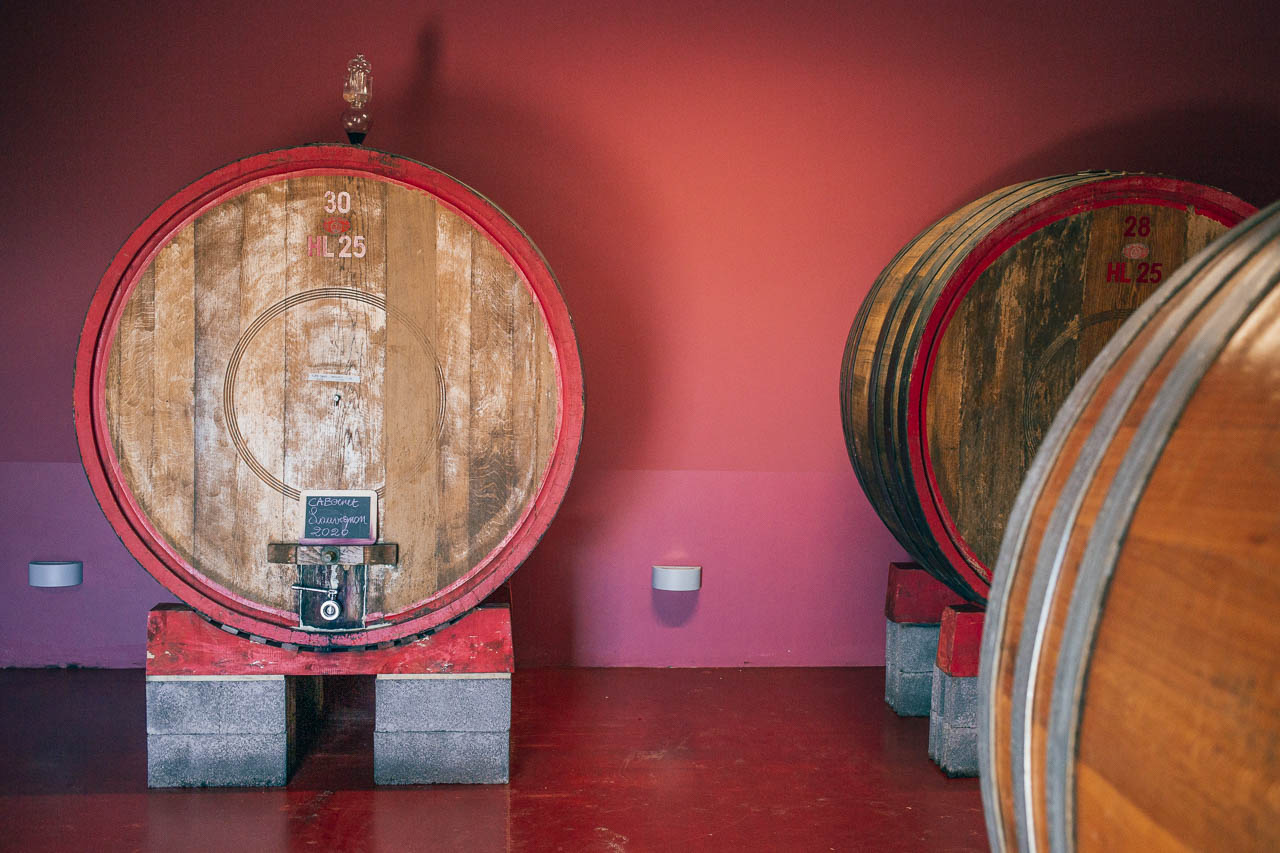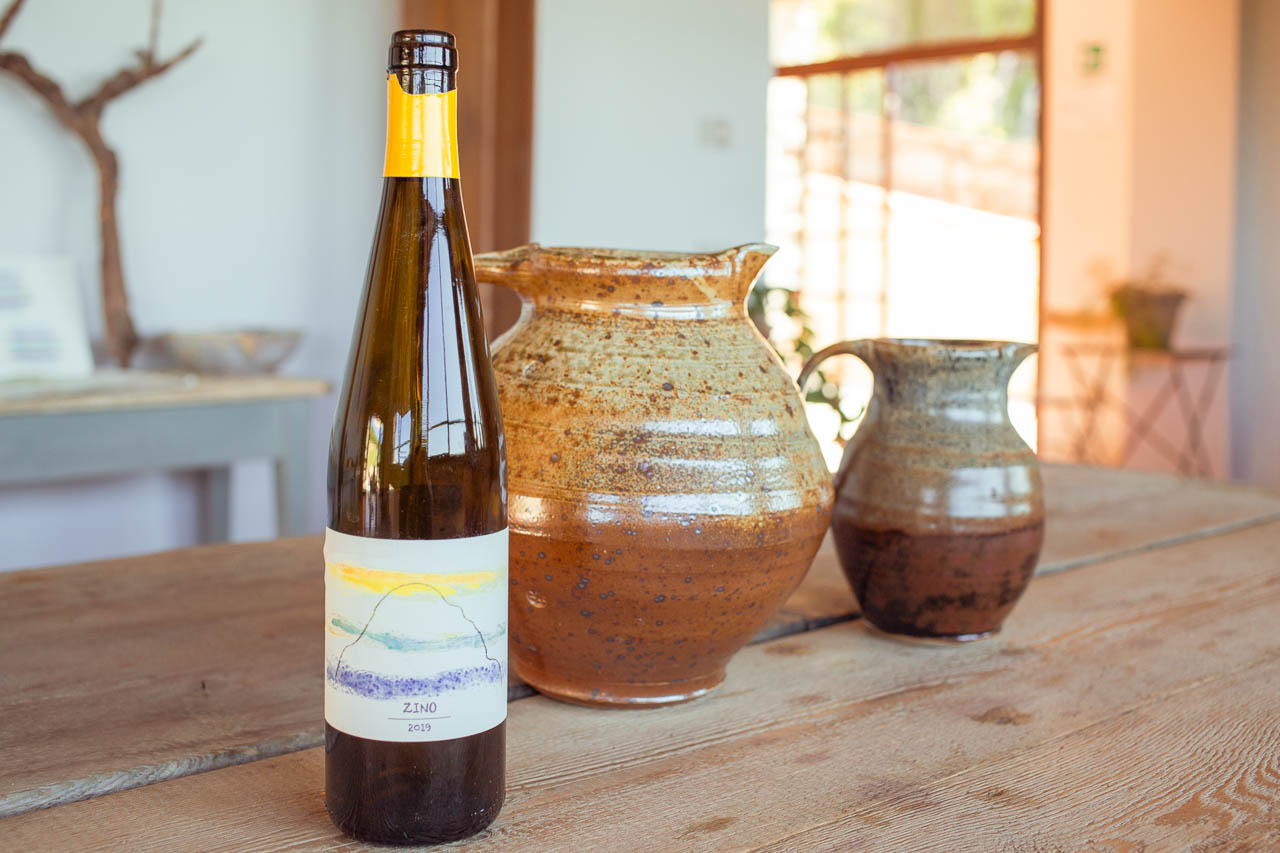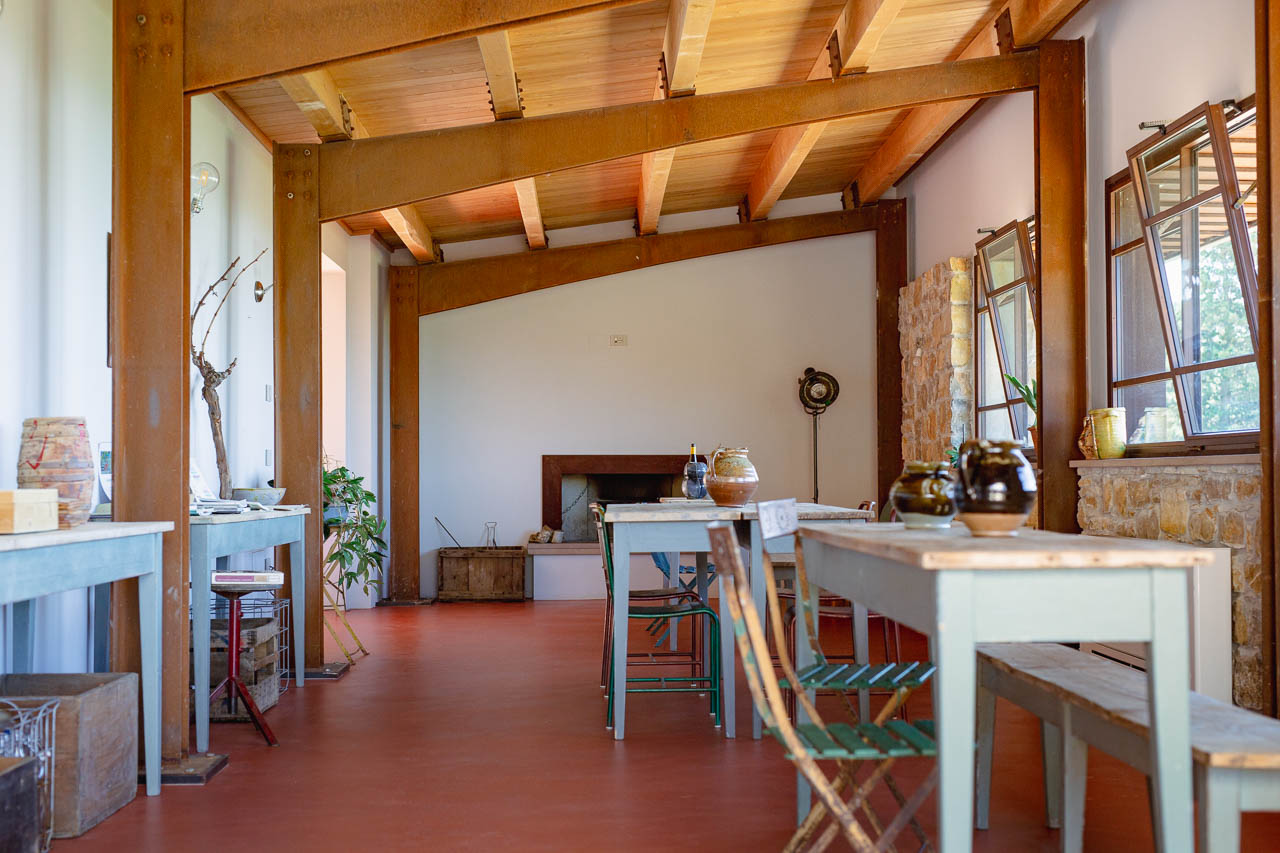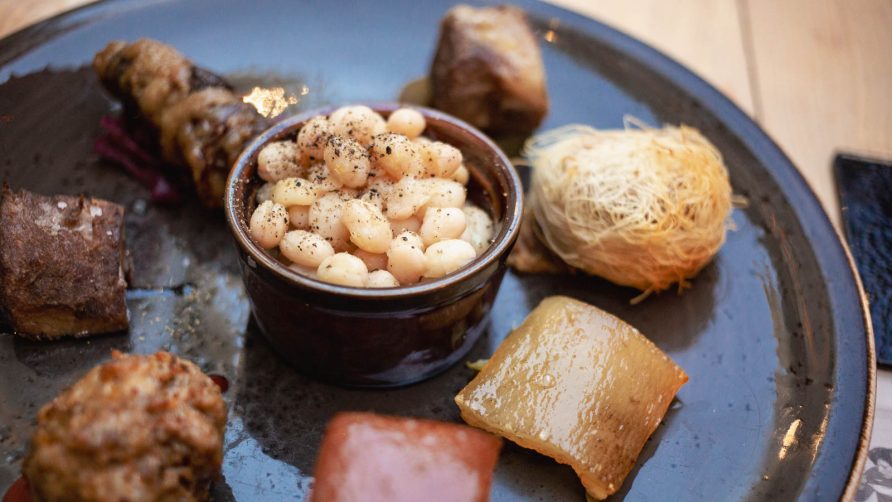The Coolest Dessert in Town
When it comes to food, Italy is synonymous with culinary greatness. From its pasta dishes to savory pizzas, Italian cuisine is internationally renowned. Among its culinary wonders, one dessert reigns supreme, the gelato.
The Italian cousin of ice cream, gelato has distinct differences which set it apart. Made with milk instead of heavy cream, gelato is churned at a slower, methodical pace, reducing air bubbles and creating a denser, creamier texture. The results are a more indulgent and luxurious dessert that lingers on the palate and in the mind.
One can assume that gelato’s popularity derives from the hot summers that Italy experiences. With soaring temperatures, it is the perfect way to cool down and get a quick sugar boost. However, there must be more to gelato’s popularity than simply offering relief from the scorching heat.
Gelato vs. Ice Cream
Comparing gelato to ice cream is akin to comparing espresso to American coffee. While ice cream and American coffee are good in their own right, gelato and espresso offer a richer and deeper flavor experience. Gelato’s magic trick is its ability to capture the spirit of a featured ingredient.
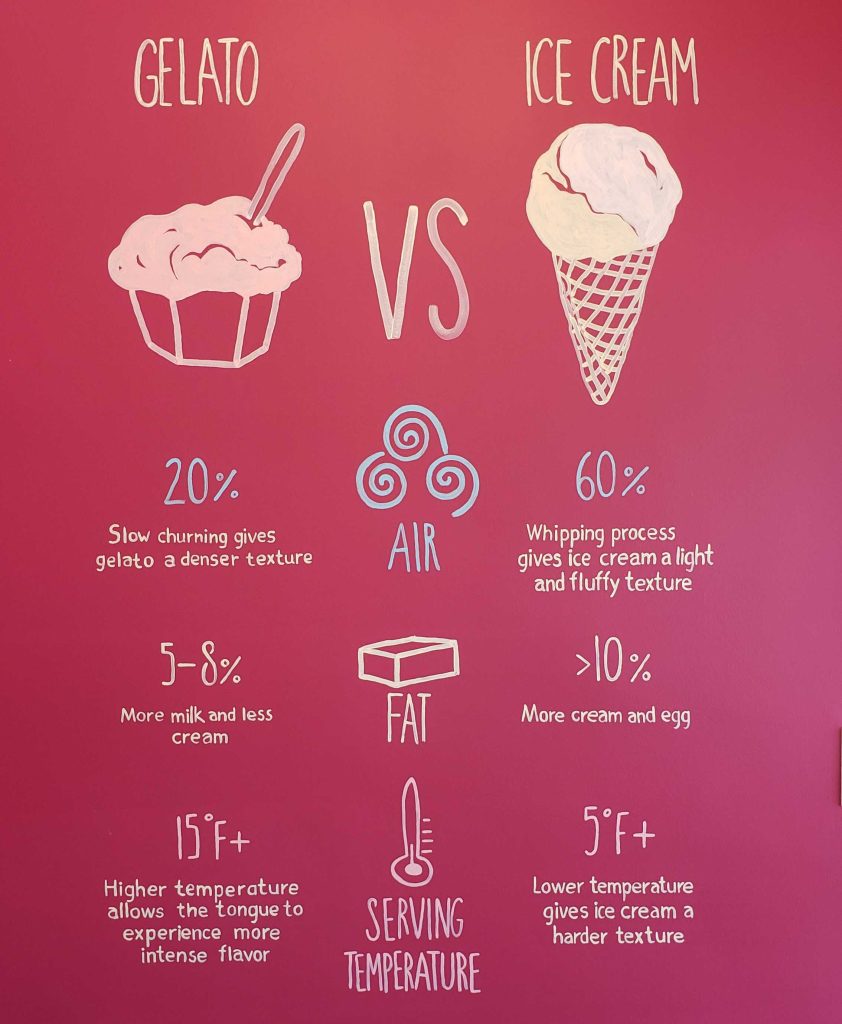
While there is no such thing as bad gelato, there is certainly great gelato. Such God-tier treats can create a sensory explosion in the mouth, awakening the senses and feeding the soul.
It was during my first great gelato experience that both eyebrows were blown off my face with the sudden jolt of my surprised facial expression. I could not believe anything could taste so good. The intensity of the strawberry, smooth texture and refreshing satisfaction were a revelation. What other secrets could I have been missing?! If you find yourself in Venice and see my missing eyebrows floating down a canal, please return them to our beautiful Tucscan vacation properties at www.borgoboutique.com (or just come for a visit).
So, what makes great gelato so exceptional? The answer lies in the use of traditional techniques and high-quality ingredients. Artisanal “artiginale” gelato is crafted with patience and attention to detail, using natural ingredients that enhance the flavor and texture of the dessert. However, in an industrialized country like Italy, not all gelato is created equally.
Real vs. Fake
The economics of gelato influences what products are sold. If tourist-traps can make a euro selling the “fake stuff” to kids, Americans and the uninitiated, you better believe they will. For those in-the-know, flavor and quality are ultimately what really matter. This usually means “real” gelato will be the best gelato. This is not meant to pass judgement or look down upon people who buy the cheap stuff. It’s statement based entirely on the eating experience.
As a gluttonous consumer myself, I will greedily eat processed food when it tastes better than the natural variant… Natural peanut butter with that weird oil floating on top? No thanks. That beautiful, hydrogenated paste of the Gods… Yes please!!! The same cannot be said for gelato. Processed (powder & emulsifier mixed) is no-buono.
Distinguishing between real and fake gelato can be challenging. The proof lies in the flavor and presentation. Artisanal gelato tends to have muted colors, while powder-based “fake” gelato are more vibrantly colored. These imposters are usually presented piled high in the refrigerator; appealing to tourists and the inner-child. When it comes to appearance, less is more.
The Italian Food Philosophy
The exceptional (pa-pow!) taste of gelato is attributed to Italy’s deep-rooted reverence for good food. Italian cuisine, known for its simplicity, uses culinary techniques that extract maximum flavor from quality ingredients. The same philosophy applies to gelato. Just as a real tomato in Italy tastes like a tomato instead of the cardboard-like, American supermarket tomato; real gelato jumps out at you with its beautifully nuanced and intense natural flavors.
As our palates have been conditioned by the standards of the industrial food system, real gelato serves as a reminder of the greatness of authentic food and flavor. Its affordability and accessibility make it a gateway into a world of culinary excellence. Your first transcendent gelato experience may be the moment you realize that you have been blind to good food… perhaps even duped by big-food. Questions about food and what is and is not real dawn on you. You may begin to question everything you’re conditioned to believe. Or you just may live in the moment and enjoy a gelato.
Recommended Italian Gelato Shops
Gelato San Lorenzo, Rome
Casa Infante, Naples
La Carraia, Florence
Gelateria Dondoli, San Gimignano
Gelateria La Romana, Rome
La Sorbetteria Castiglione, Bologna
Alberto Marchetti, Turin
Come il Latte, Rome
La Mela Verde, Venice
Gelateria Crispini, Spoleto
Il Massimo Del Gelato, Milan
LatteNeve, Milan
Vivoli, Florence

